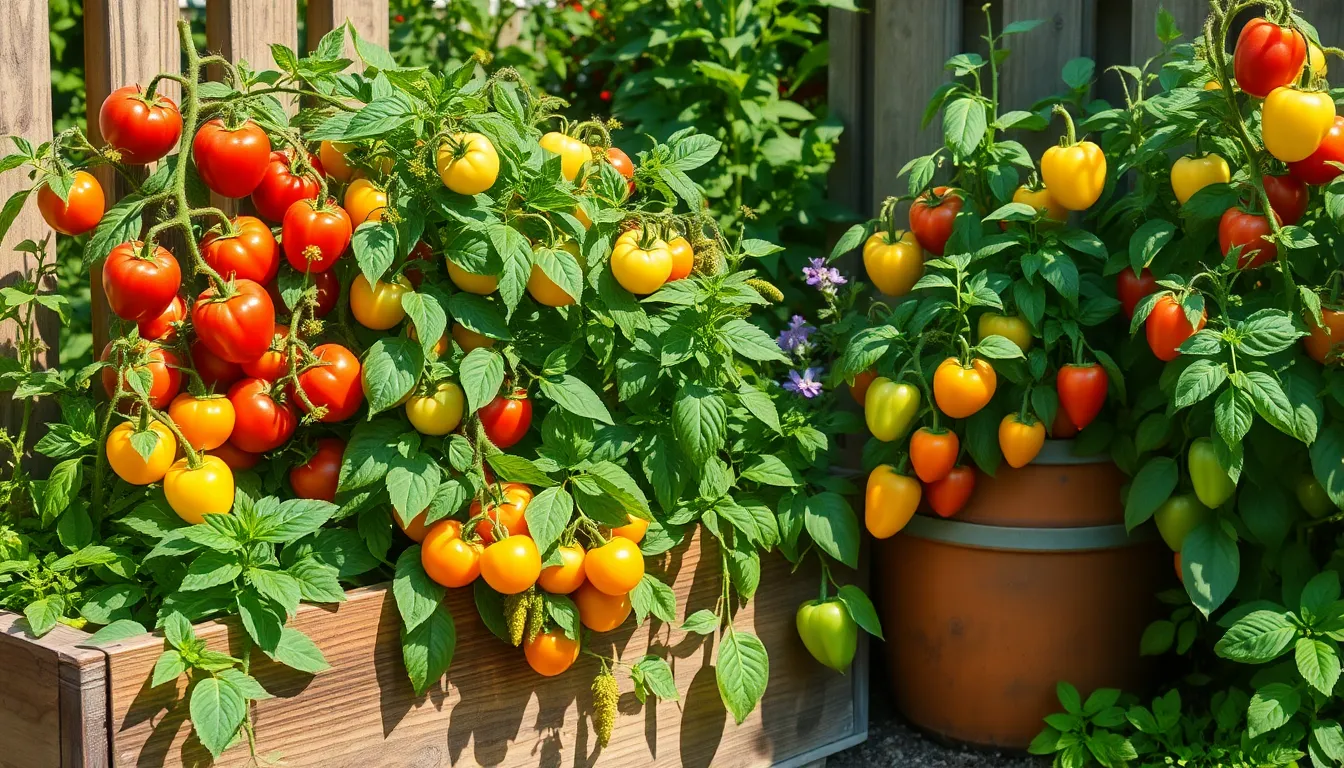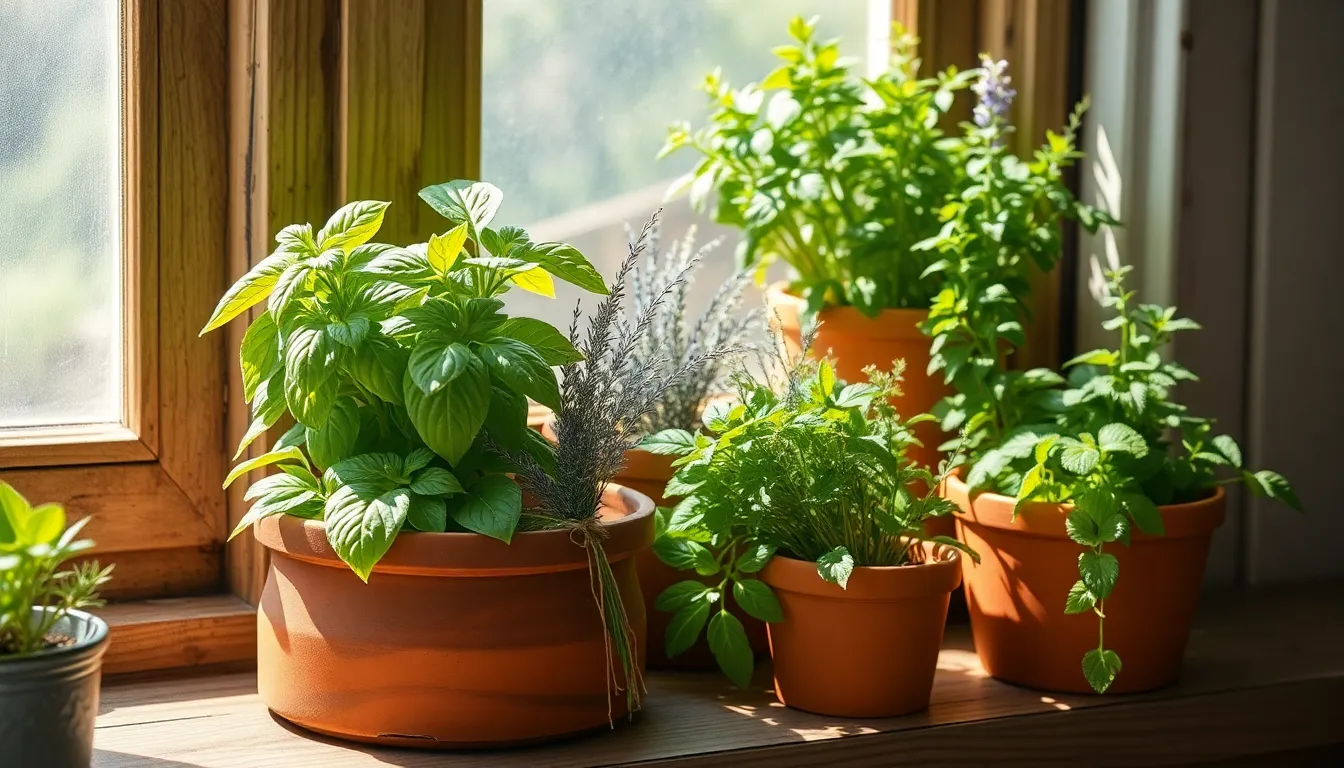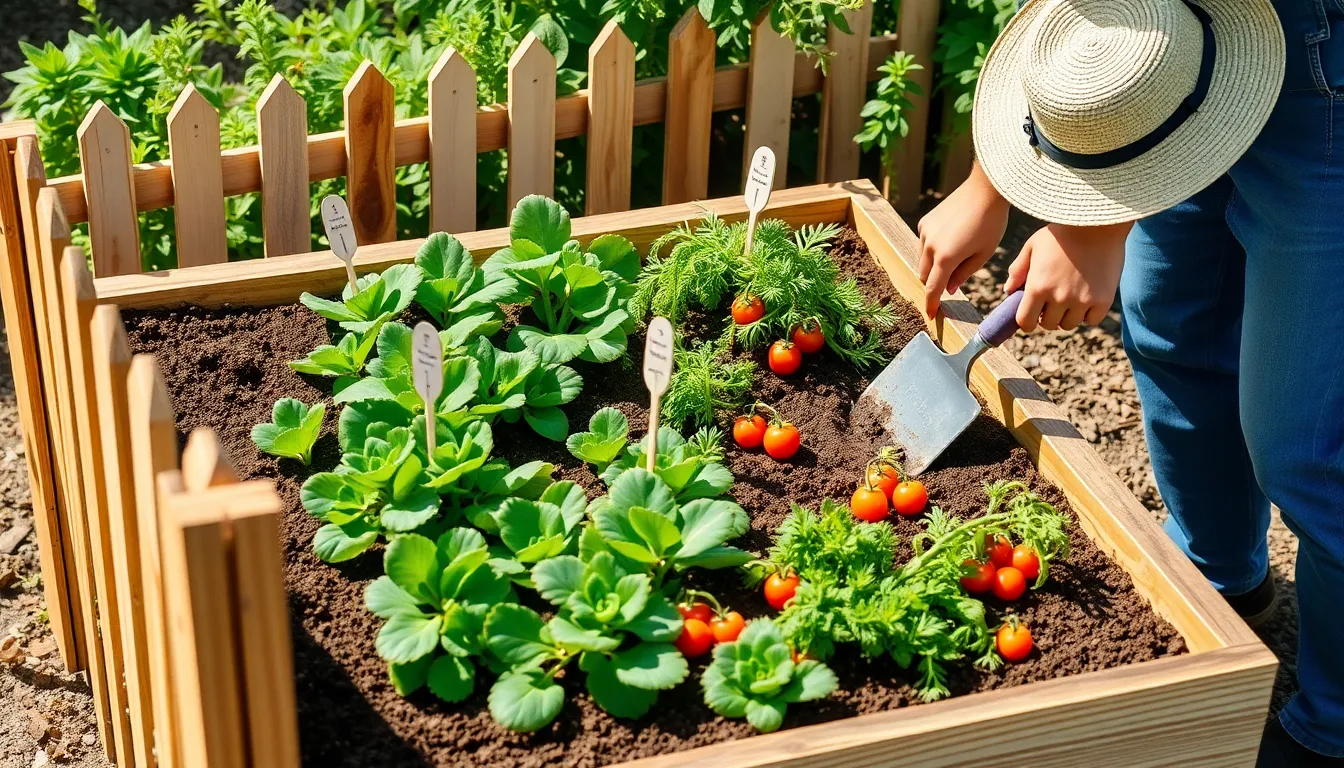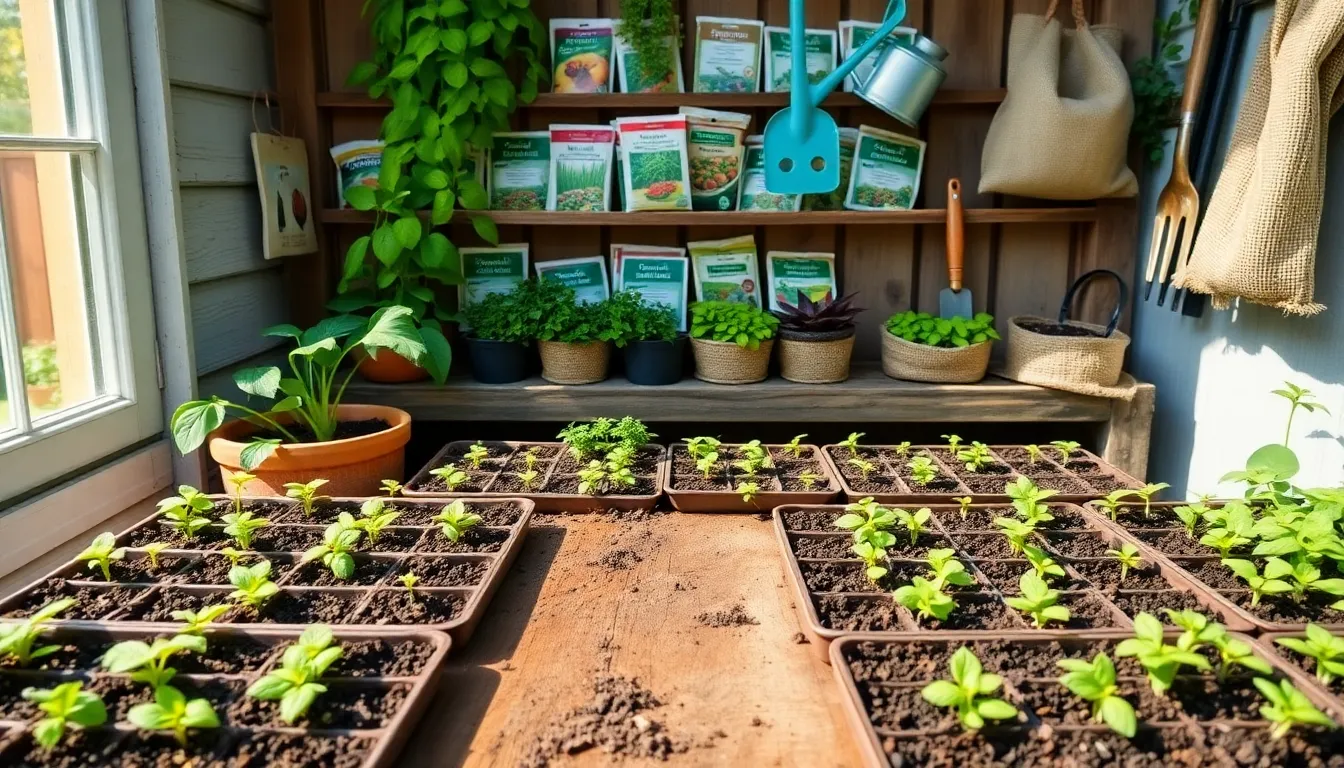Welcome to the delightful world of edible gardening, where both novice and seasoned green thumbs can cultivate nature’s bounty right at home. Whether you’re just sowing the seeds of your gardening journey or have a flourishing patch of green, our guide to the “10 Best Plants for Edible Gardens” is your ticket to a fruitful, flavorful adventure.
Imagine the satisfaction of plucking fresh herbs for your culinary creations or harvesting juicy tomatoes from your windowsill. With this curated list, you’ll not only enjoy the taste of success but also gain the confidence and skills to nurture an abundant indoor garden that thrives year-round.
Dive into this guide and discover the practical benefits these plants bring—easy care, space efficiency, and delicious rewards. Embrace the joy of gardening with a smile, knowing that each plant on this list is a step toward a healthier, more sustainable lifestyle, right within your reach.
Roma Tomatoes (Determinate Type)
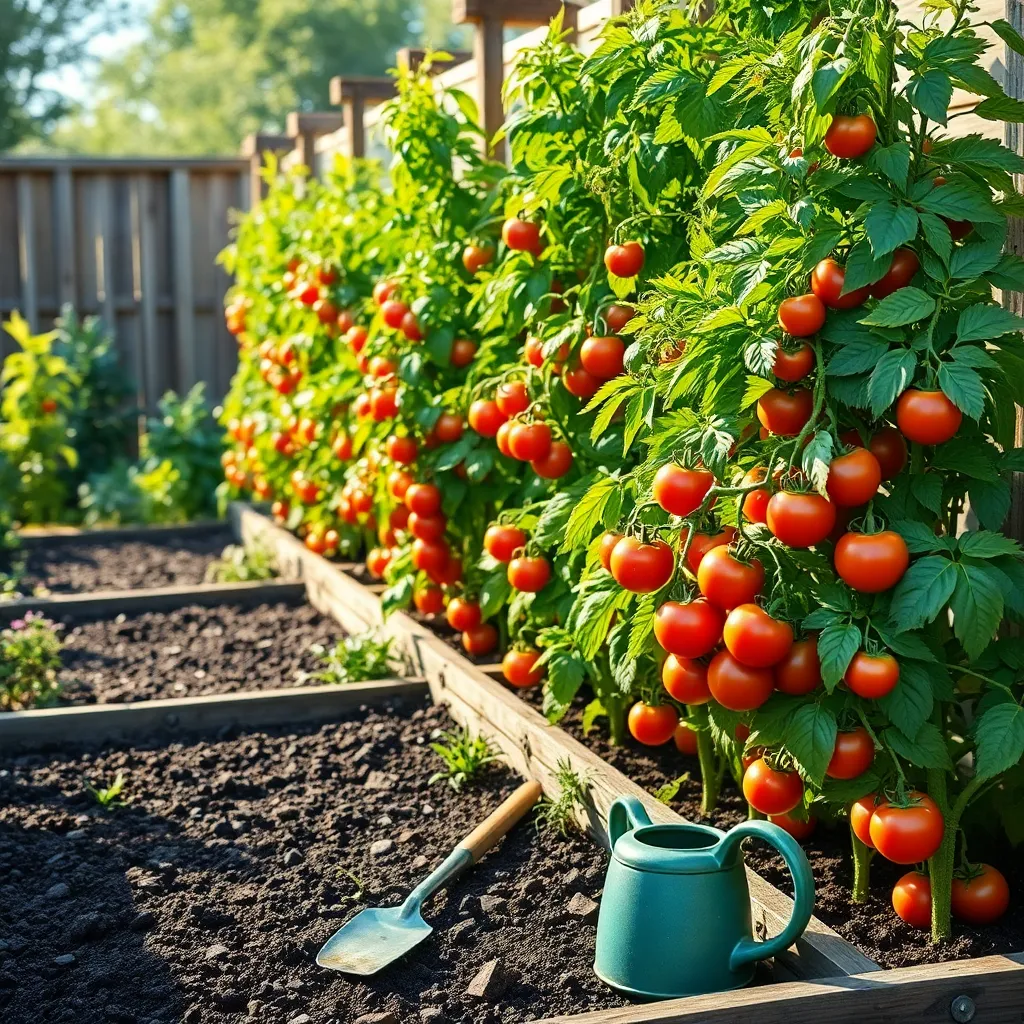
Roma tomatoes, a popular determinate type, are perfect for gardeners who want a bountiful harvest in a compact space. These plants grow to a manageable size, making them ideal for small gardens or container planting.
Start by selecting a site with full sun, as Roma tomatoes thrive in at least six hours of direct sunlight per day. Prepare the soil by enriching it with organic matter like compost, ensuring it is well-draining to prevent root rot.
When planting Roma tomatoes, space them about 18-24 inches apart to allow for adequate air circulation, reducing the risk of fungal diseases. Water the plants consistently, aiming to keep the soil moist but not soggy, especially during fruit development.
For optimal growth, consider adding a balanced fertilizer every 4-6 weeks during the growing season. Advanced gardeners can experiment with mulching around the base to conserve moisture and suppress weeds, promoting healthier plants.
Zucchini (Black Beauty)
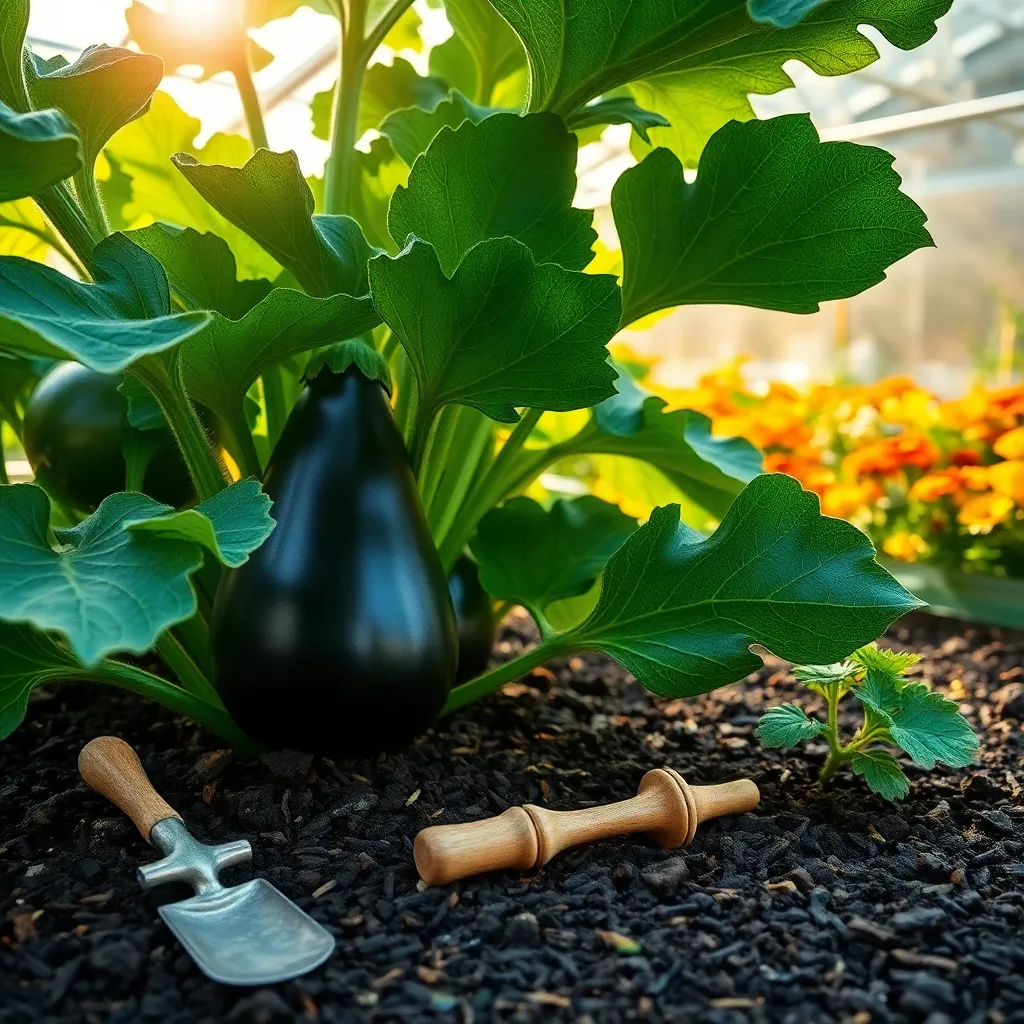
The ‘Black Beauty’ zucchini is a prolific producer, making it a fantastic addition to any edible garden. With its dark green, glossy skin and tender flesh, this variety is both attractive and highly productive.
Plant ‘Black Beauty’ zucchini in an area that receives full sun, as these plants require at least six to eight hours of direct sunlight daily. Prepare well-draining soil enriched with organic matter to ensure the best growth; a slightly acidic to neutral pH of 6.0 to 7.5 is ideal.
Watering consistently is crucial, especially during the fruiting period, aiming for about 1 to 2 inches of water per week. To prevent fungal diseases, water at the soil level rather than overhead, and consider using mulch to retain soil moisture and suppress weeds.
As the plants grow, they may require staking or a small trellis to support the heavy yields and keep the fruit off the ground. Regularly harvesting zucchini when they reach about 6 to 8 inches in length will encourage continuous production and prevent the fruit from becoming too seedy.
Lettuce (Butterhead Varieties)
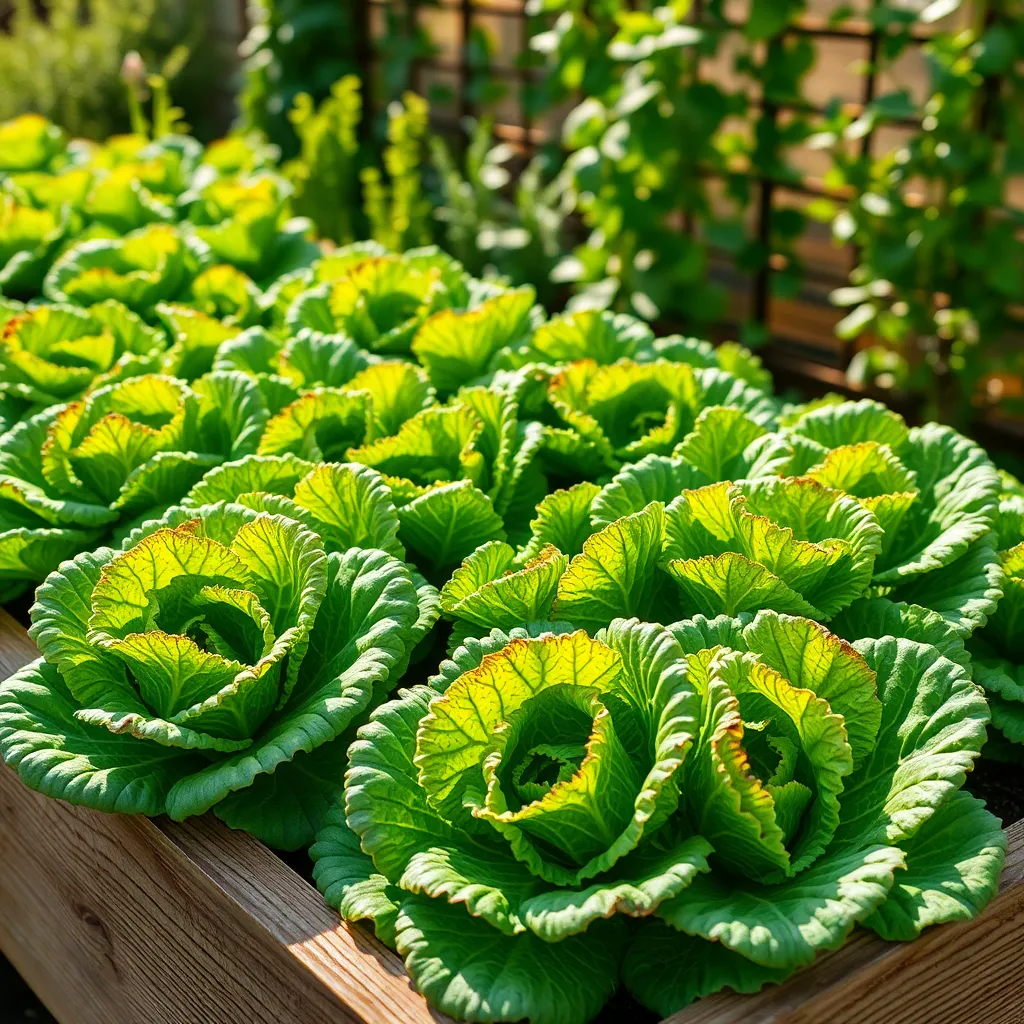
Butterhead lettuce varieties are a delightful addition to any edible garden, offering both flavor and texture. Known for their mild taste and tender leaves, these lettuces thrive in cooler temperatures and can be grown almost year-round in many climates.
For successful growth, plant your butterhead lettuce in well-draining soil enriched with organic matter. Ensure the soil pH is between 6.0 and 7.0 to provide the optimal conditions for nutrient absorption.
Regular watering is crucial, but avoid overwatering as it can lead to root rot. Aim to keep the soil consistently moist, especially in warmer weather, while ensuring good air circulation around the plants.
For beginners, sow seeds directly into the garden, spacing them about 12 inches apart to allow for full development. Advanced gardeners can try succession planting every two weeks to ensure a continuous harvest throughout the growing season.
To maximize leaf production, practice cut-and-come-again harvesting, which involves picking the outer leaves and allowing the inner leaves to continue growing. This technique not only extends the harvest period but also encourages the plant to produce more leaves.
Carrots (Nantes)
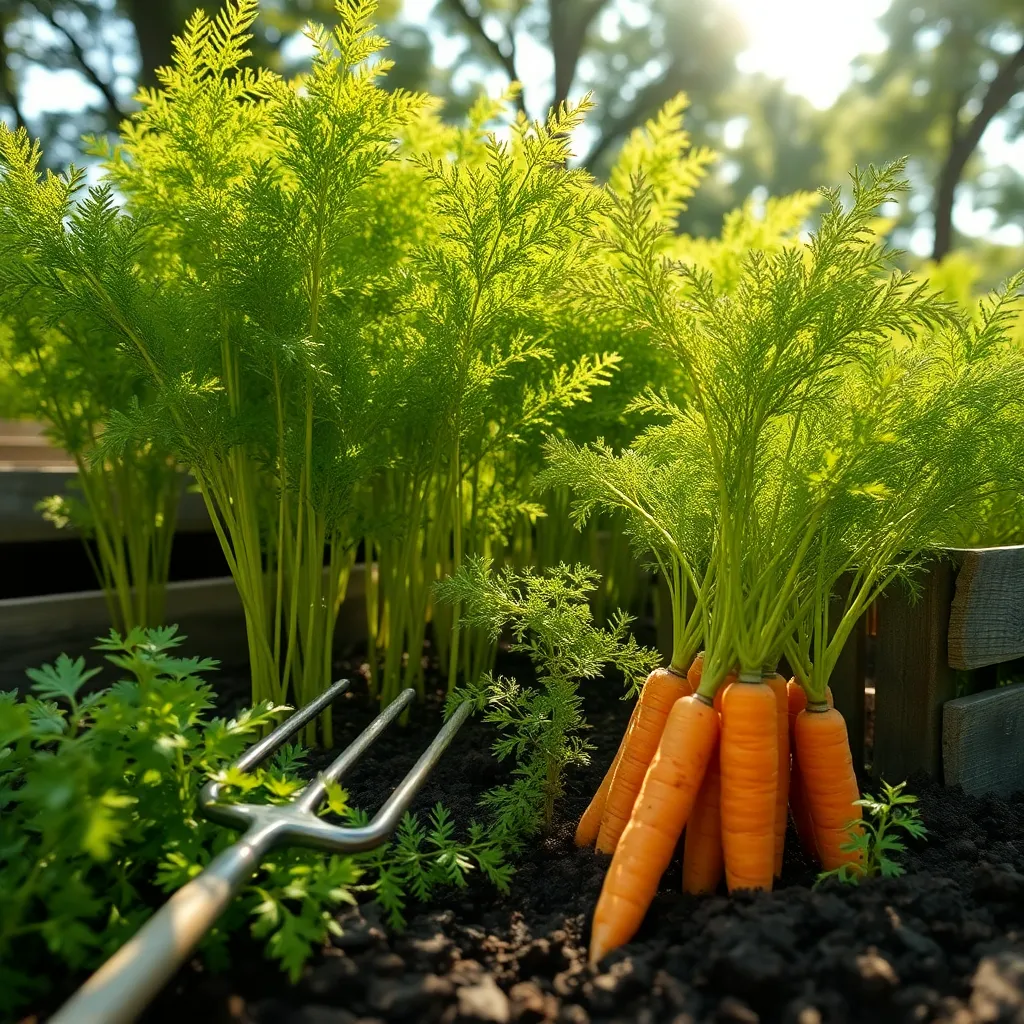
Carrots of the Nantes variety are an excellent choice for any edible garden, known for their sweet flavor and tender texture. They thrive best in loose, sandy soil that is free of rocks and debris, allowing their roots to grow straight and true.
For optimal growth, ensure your carrots receive full sunlight for at least six hours a day to promote vigorous development. Regular watering is crucial, as carrots need consistently moist soil to prevent cracking; aim for about one inch of water per week.
To enhance carrot cultivation, consider using a balanced fertilizer, but be cautious not to over-fertilize, as this can lead to excessive foliage with underdeveloped roots. Practice crop rotation and avoid planting carrots in the same spot each year to minimize pest and disease buildup.
A helpful tip for advanced gardeners is to thin seedlings to about 2 inches apart once they reach a couple of inches in height, ensuring ample space for root expansion. Companion planting with onions or garlic can help deter pests naturally, enhancing your carrots’ chances of success without chemical interventions.
Bell Peppers (California Wonder)
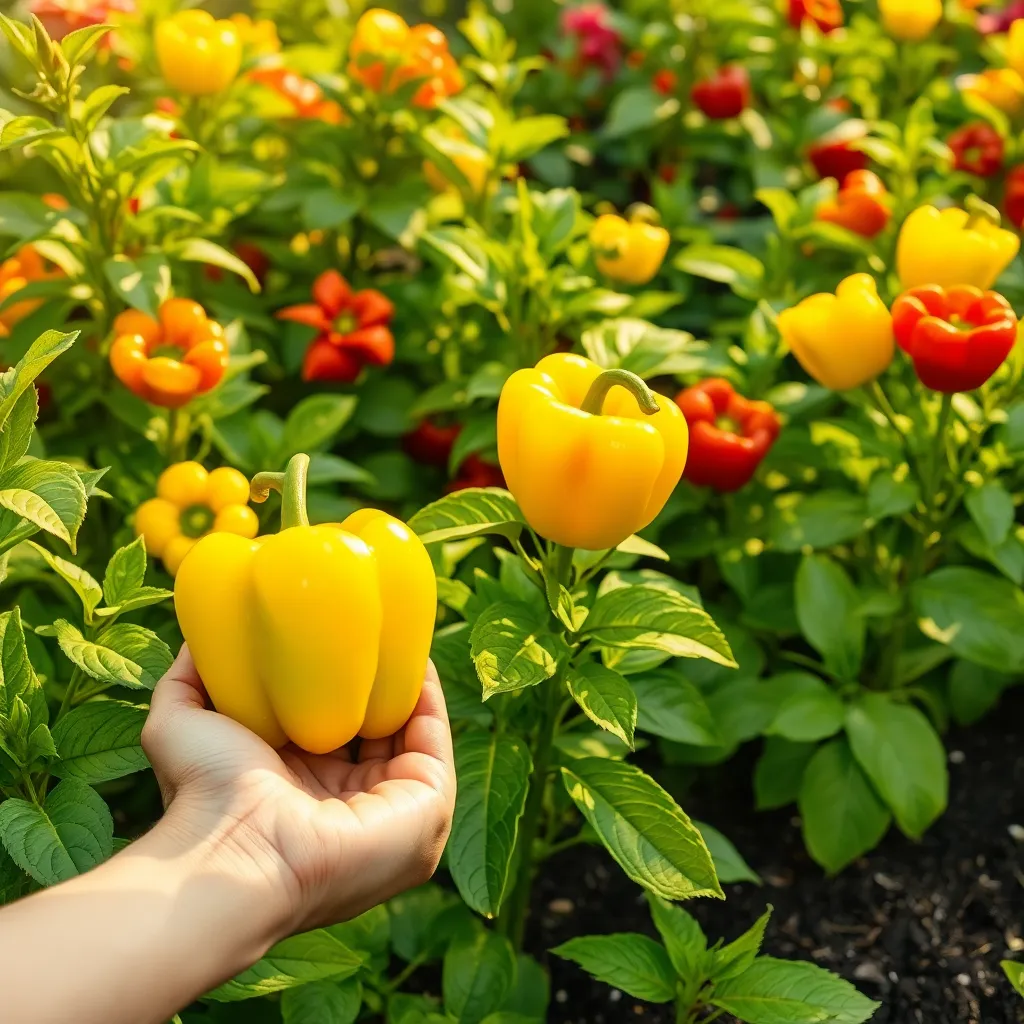
Bell Peppers, particularly the ‘California Wonder’ variety, are a fantastic addition to any edible garden. Known for their sweet flavor and vibrant colors, they are both delicious and visually appealing.
For optimal growth, plant these peppers in an area that receives full sun for at least six to eight hours daily. Ensure the soil is well-drained and rich in organic matter to promote healthy development.
Begin by planting seeds indoors about eight to ten weeks before the last expected frost date in your area. Once the risk of frost has passed and the soil has warmed, transplant them outdoors, spacing them 18-24 inches apart to allow ample room for growth.
Water consistently, as bell peppers thrive in moist but not waterlogged conditions. Mulching around the base of the plants can help retain moisture and suppress weeds, providing a better environment for the peppers to grow.
Regularly check for signs of pests such as aphids and caterpillars, and use organic pest control methods when necessary. By providing the right care, you can enjoy a bountiful harvest of crisp, flavorful bell peppers throughout the growing season.
Spinach (Bloomsdale Long Standing)
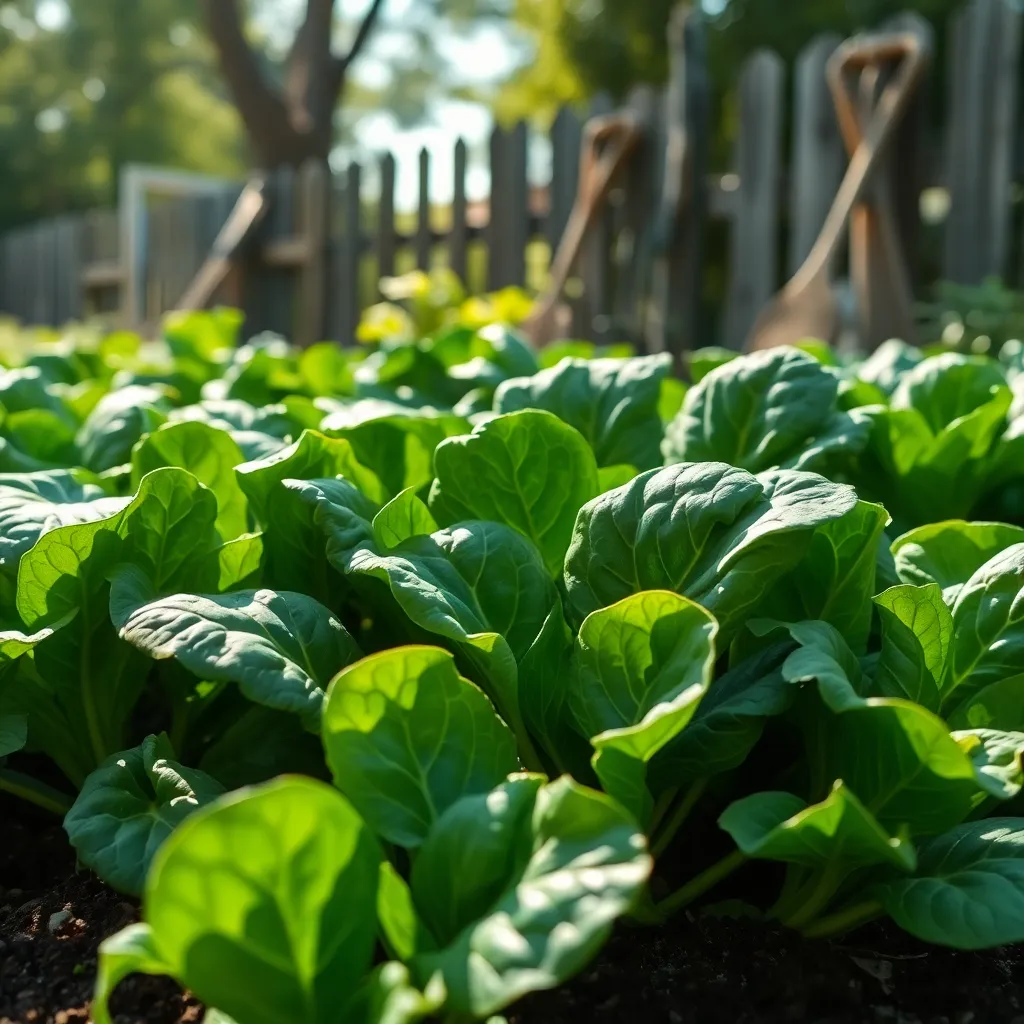
Spinach, particularly the ‘Bloomsdale Long Standing’ variety, is a highly rewarding addition to any edible garden. Known for its rich, dark green leaves and resistance to bolting, this spinach thrives in cooler temperatures, making it ideal for early spring or fall planting.
To ensure optimal growth, plant your spinach seeds in well-draining soil with a pH between 6.0 and 7.0. It’s important to sow seeds about 1/2 inch deep and 12 inches apart, ensuring room for the plants to develop fully.
Regular watering is crucial, especially during dry spells, to maintain soil moisture and support leafy growth. However, take care not to overwater, as soggy conditions can lead to root rot, a common issue for spinach.
For a continuous harvest, cut the outer leaves first, allowing the inner leaves to keep growing. Gardeners seeking a longer harvesting period should consider succession planting every two weeks, ensuring a steady supply of this nutritious green.
Radishes (Cherry Belle)
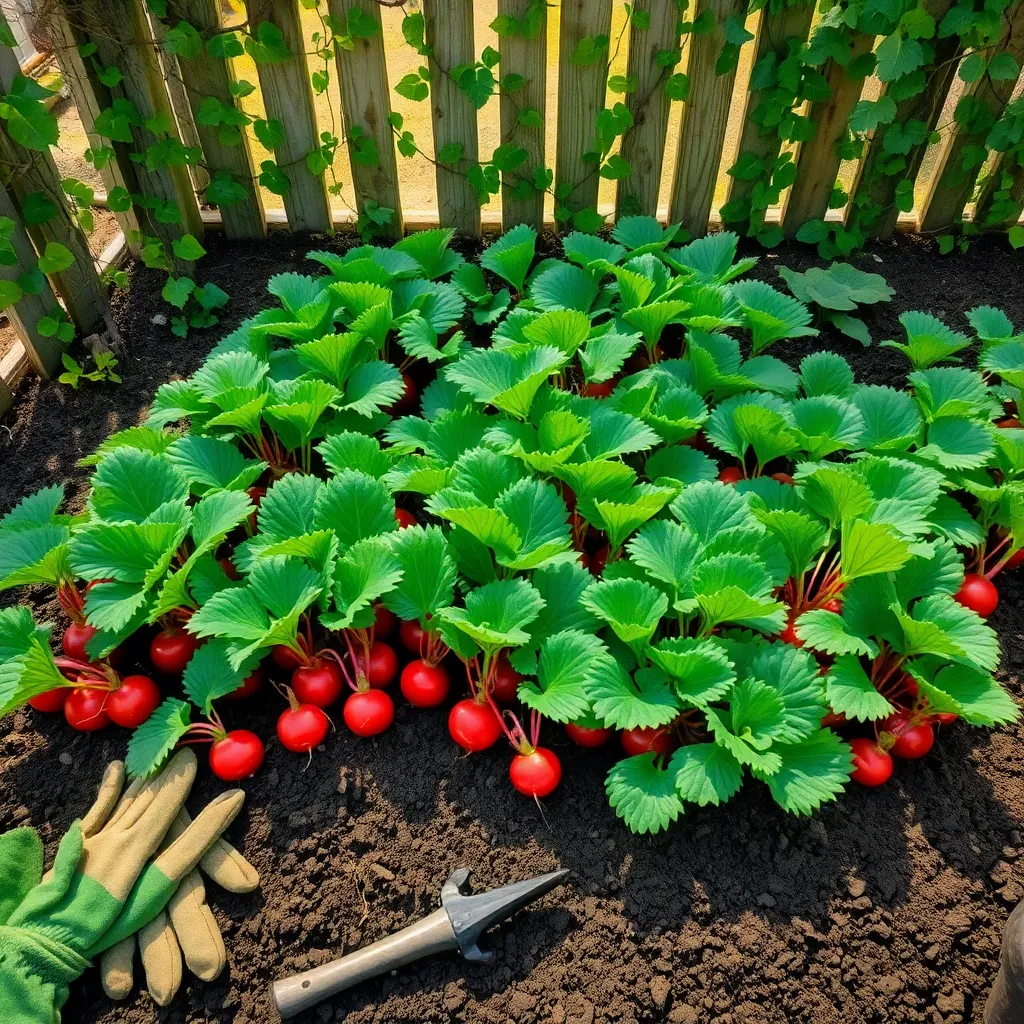
Radishes, particularly the ‘Cherry Belle’ variety, are an excellent choice for gardeners looking for a fast-growing and rewarding crop. These vibrant red roots are ready to harvest in as little as 22 to 30 days, making them perfect for those eager to see quick results.
To grow ‘Cherry Belle’ radishes successfully, start by sowing seeds directly into well-drained, fertile soil. Ensure you plant them in a location that receives full sun, as this will promote optimal growth and flavor development.
Spacing is crucial to prevent overcrowding, so plant seeds about an inch apart and thin out seedlings to two inches apart once they emerge. This practice helps radishes develop their characteristic round shape and prevents them from becoming overly spicy.
Watering consistently is key to avoiding a woody texture in your radishes. Aim to keep the soil moist but not waterlogged, as too much water can cause the roots to split.
Kale (Lacinato)
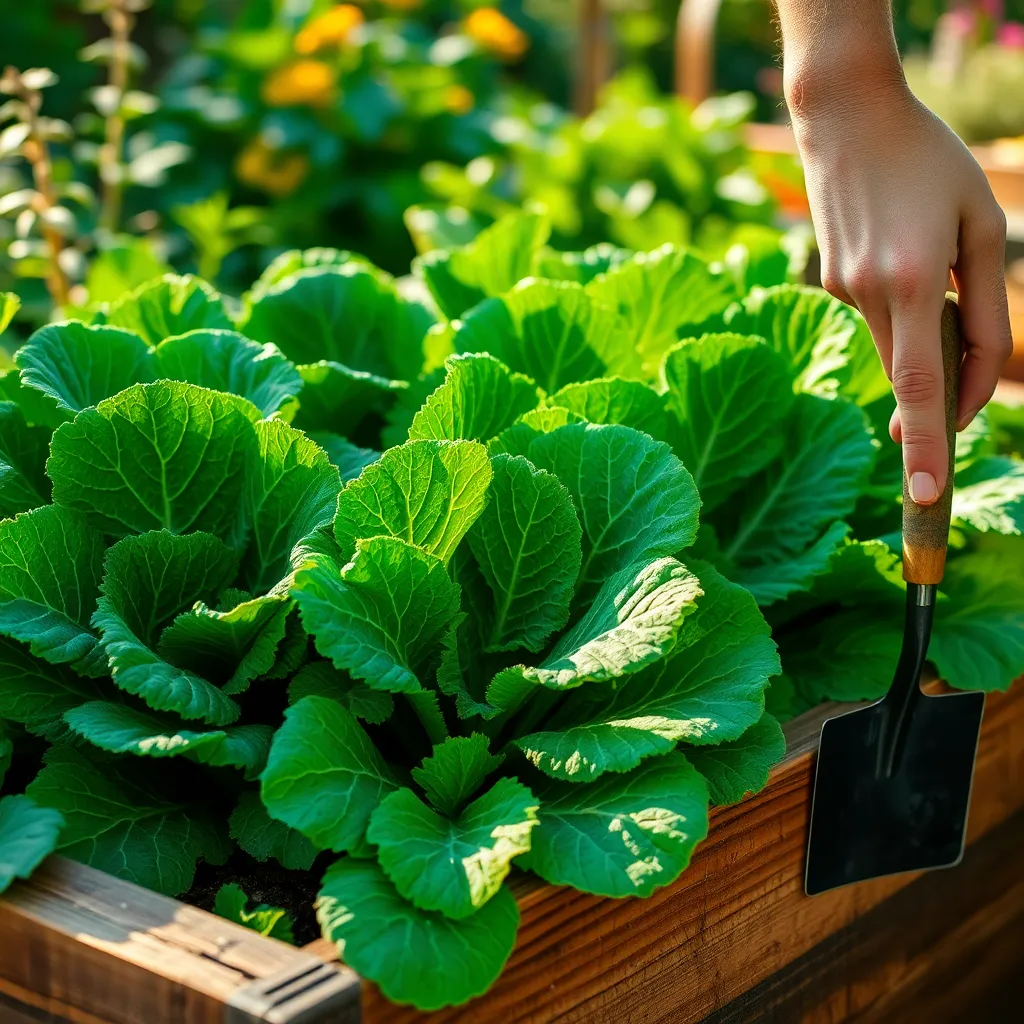
Unlike the fast-growing radishes, Lacinato kale is a hardy green that thrives in cooler temperatures. This variety, also known as dinosaur kale, is perfect for both beginner and seasoned gardeners due to its resilience and rich flavor.
For successful growth, plant Lacinato kale in well-drained, fertile soil enriched with organic matter. Ensure your garden receives full sun to partial shade, as this will promote robust leaf production.
Water Lacinato kale consistently, aiming to keep the soil moist but not waterlogged. To prevent common pests like aphids and cabbage worms, consider using floating row covers or planting companion plants such as marigolds.
Experienced gardeners can try succession planting, which involves sowing seeds every few weeks for a continuous harvest. Regularly harvesting the outer leaves will also encourage new growth, extending the plant’s productivity throughout the season.
Cilantro (Santo)
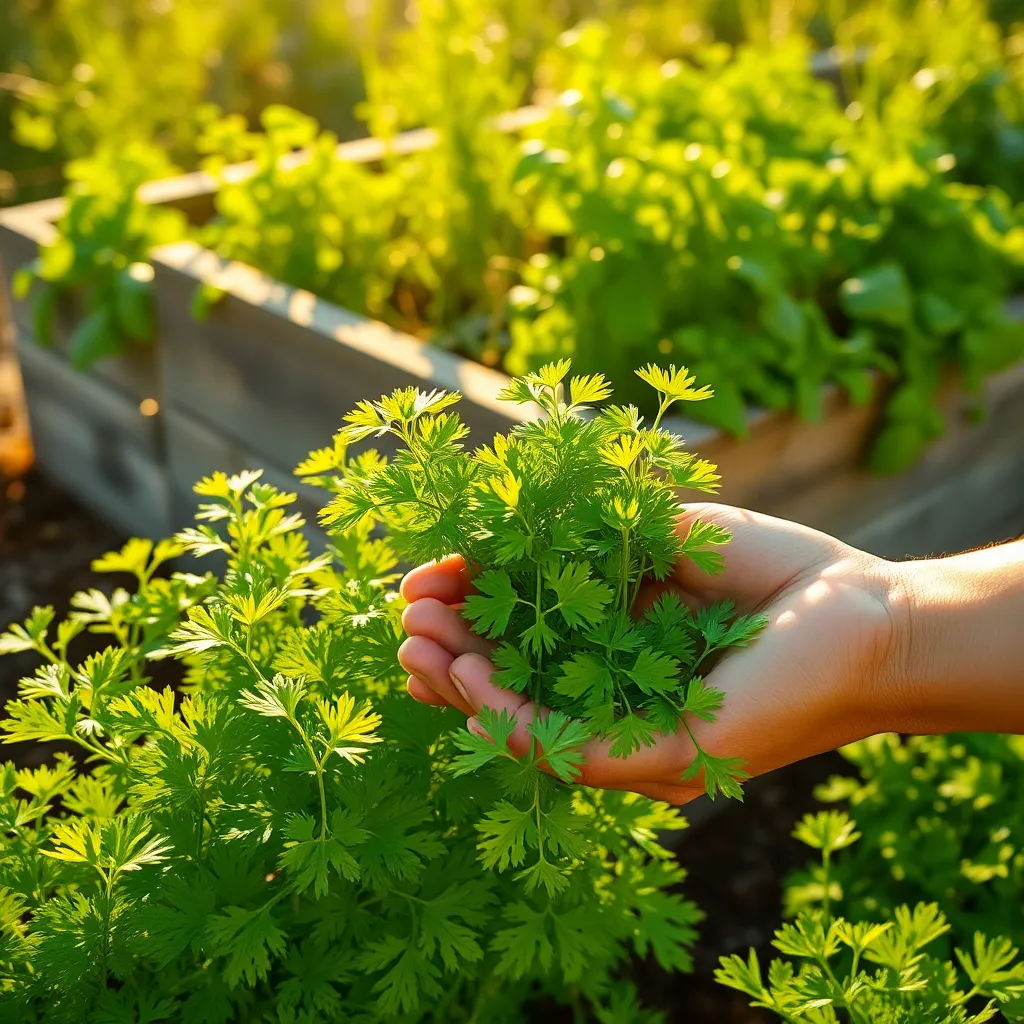
Cilantro, also known as Santo, is a versatile herb that thrives in cooler climates. This plant is perfect for adding a fresh, citrusy flavor to your culinary creations.
To grow cilantro successfully, it’s crucial to choose a location with full sun to light shade. Well-draining soil enriched with organic matter will provide the ideal conditions for this herb to flourish.
For optimal growth, sow cilantro seeds directly into the garden bed about 1/4 inch deep. Water the seeds gently but consistently, keeping the soil moist but not waterlogged.
Once established, cilantro requires regular watering, especially during dry spells, to prevent the plants from bolting. Harvest the leaves frequently to encourage new growth and prolong the plant’s productive life.
Advanced gardeners can extend their cilantro harvest by succession planting every few weeks. This technique ensures a continuous supply throughout the growing season.
Green Beans (Bush Blue Lake)
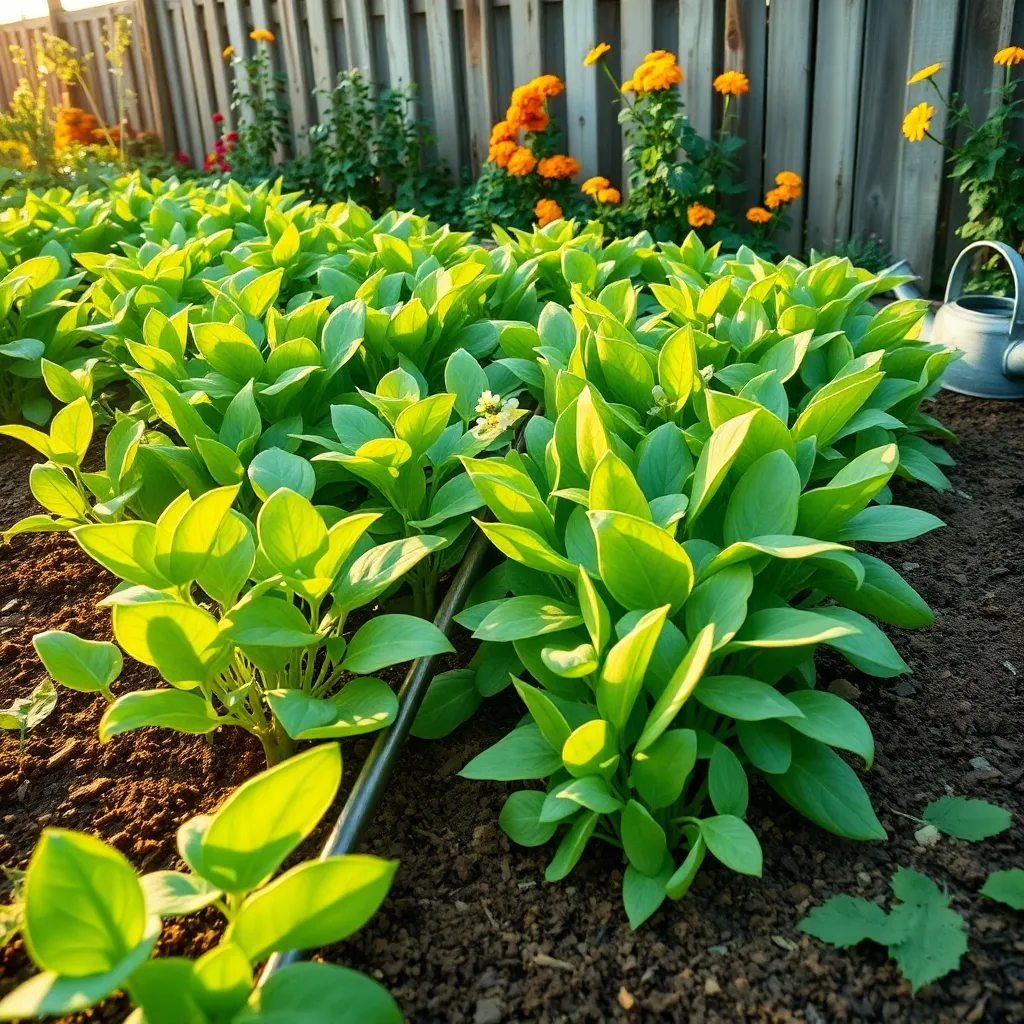
Green Beans (Bush Blue Lake) are a fantastic addition to any edible garden, offering both ease of growth and delicious harvests. Known for their crisp texture and sweet flavor, these beans thrive in a variety of environments, making them suitable for gardeners of all levels.
To begin growing Bush Blue Lake beans, select a sunny spot in your garden with well-draining soil. Ensure the soil is rich in organic matter by adding compost before planting, which will provide the beans with the nutrients they need to flourish.
Plant the seeds directly in the garden after the last frost date, spacing them about 2 inches apart in rows that are 18 inches apart. Water the seeds thoroughly after planting, then maintain consistent moisture throughout the growing season, aiming for about 1 inch of water per week.
While these beans are generally low-maintenance, keep an eye out for pests such as aphids and bean beetles. Consider introducing beneficial insects like ladybugs or using organic insecticidal soap to manage any pest issues effectively without harming your plants.
Advanced gardeners can experiment with succession planting by staggering seed sowing every two weeks. This technique will ensure a continual harvest of fresh beans throughout the growing season, maximizing yield and culinary enjoyment.
Conclusion: Growing Success with These Plants
As you embark on the journey of cultivating an edible garden, you’re not just nurturing plants but also fostering a relationship with nature and those around you. We’ve explored ten key plants—basil, tomatoes, strawberries, peppers, mint, zucchini, kale, rosemary, carrots, and lettuce—that can transform your garden into a vibrant source of nourishment and joy. Each plant, with its unique needs and benefits, teaches us patience, care, and the beauty of growth in our relationships.
To take immediate action, choose one plant from our list to start your garden today. Whether it’s the aromatic basil or the hardy kale, your choice will be the first step in building a flourishing garden.
Remember, relationships, much like gardens, require consistent attention and love. Bookmark this article as a handy guide to revisit these concepts and keep your garden—and relationships—thriving.
As you nurture your plants, envision the success of your relationships growing just as vibrantly. Embrace this opportunity to connect more deeply with your environment and loved ones, and watch as both flourish in harmony.

